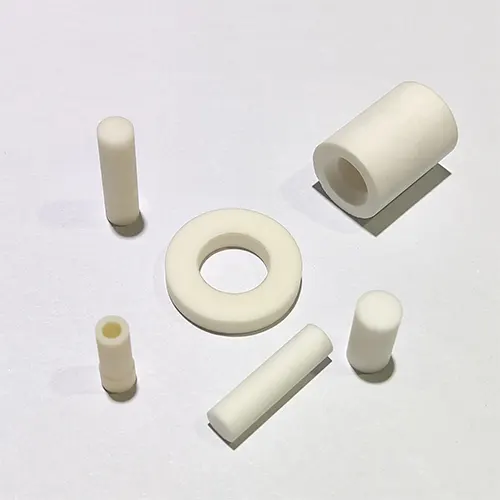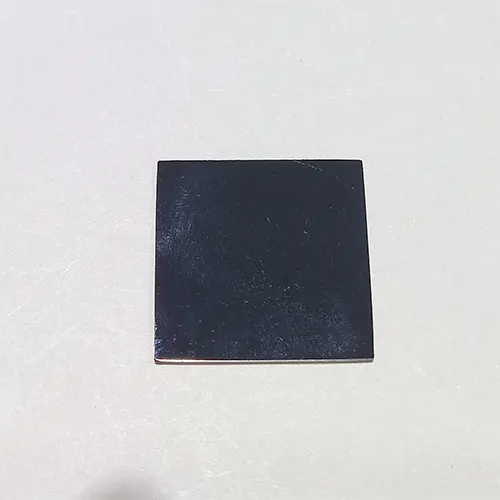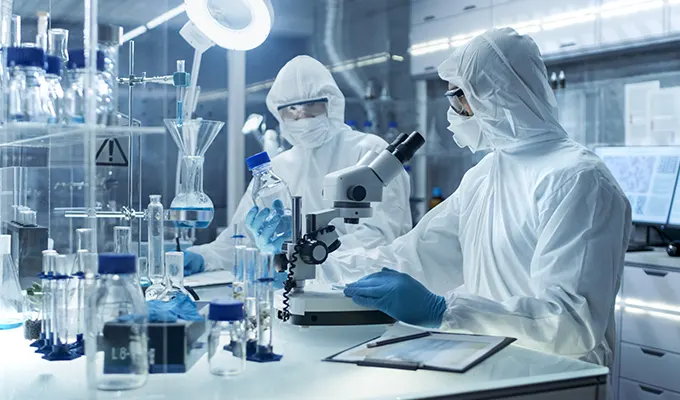Alumina

Alumina ceramics are high-performance materials widely used in precision industrial fields under extreme conditions. Depending on the purity of the alumina, common types include 96% and 99% alumina ceramics. 96% alumina ceramics are composed of 96% alumina as the core material, optimized with additives like silicates. They possess high hardness, wear resistance, and good high-temperature stability (stable below 1600°C), along with excellent chemical stability and electrical insulation. Their sintering process is simple and cost-effective, making them suitable for large-scale production, widely used in industrial integration and precision machining.
FAQ
Precision ceramics offer superior high-temperature resistance, corrosion resistance, wear resistance, and insulation, making them ideal for extreme conditions like high temperatures and high pressure. They also support higher precision processing, meeting complex design needs.
Precision ceramics are widely used in aerospace, automotive, electronics, medical, and industrial equipment industries, especially in applications requiring high performance and durability.
Precision ceramics are challenging to machine due to their high hardness and brittleness. Special equipment and processes, such as CNC machining, are required to ensure precision and surface quality.
When selecting a ceramic material, it is essential to consider specific working environments and performance requirements, such as high-temperature resistance, corrosion resistance, and mechanical strength. Different applications require ceramics with varying properties.
Precision ceramics generally have a long lifespan, with their longevity ranging from several years to even longer, depending on the usage environment (such as temperature, pressure, wear, etc.).
- PREV: Blue Zirconia
- NEXT: 96% Alumina





